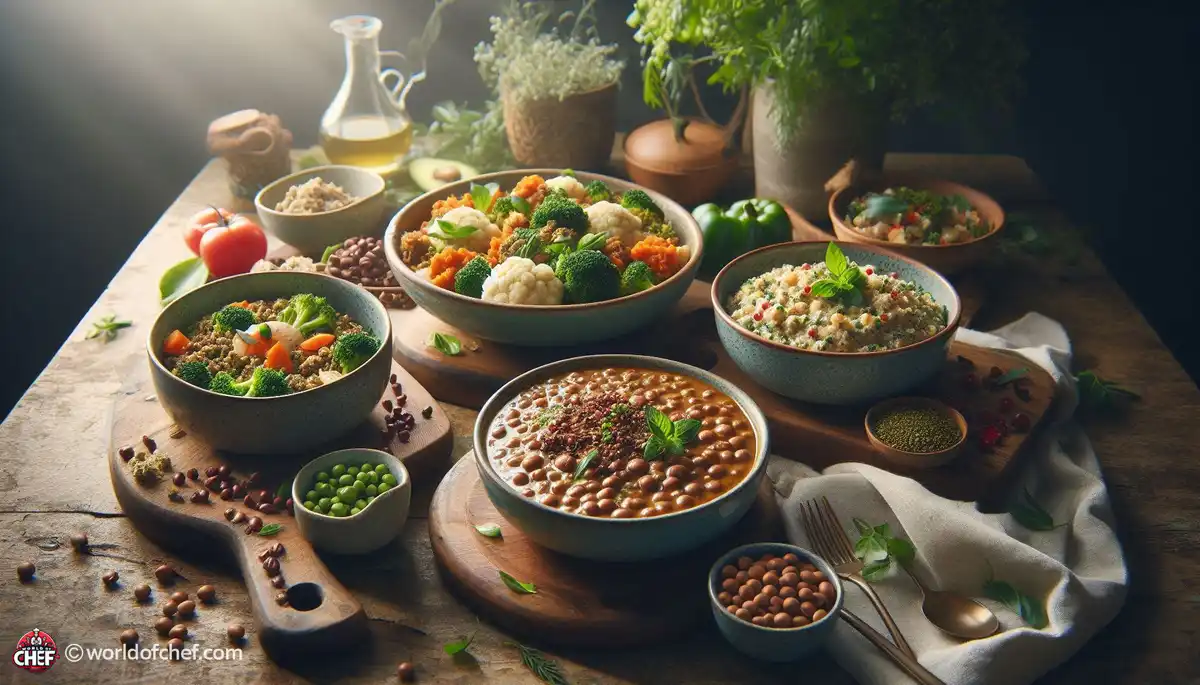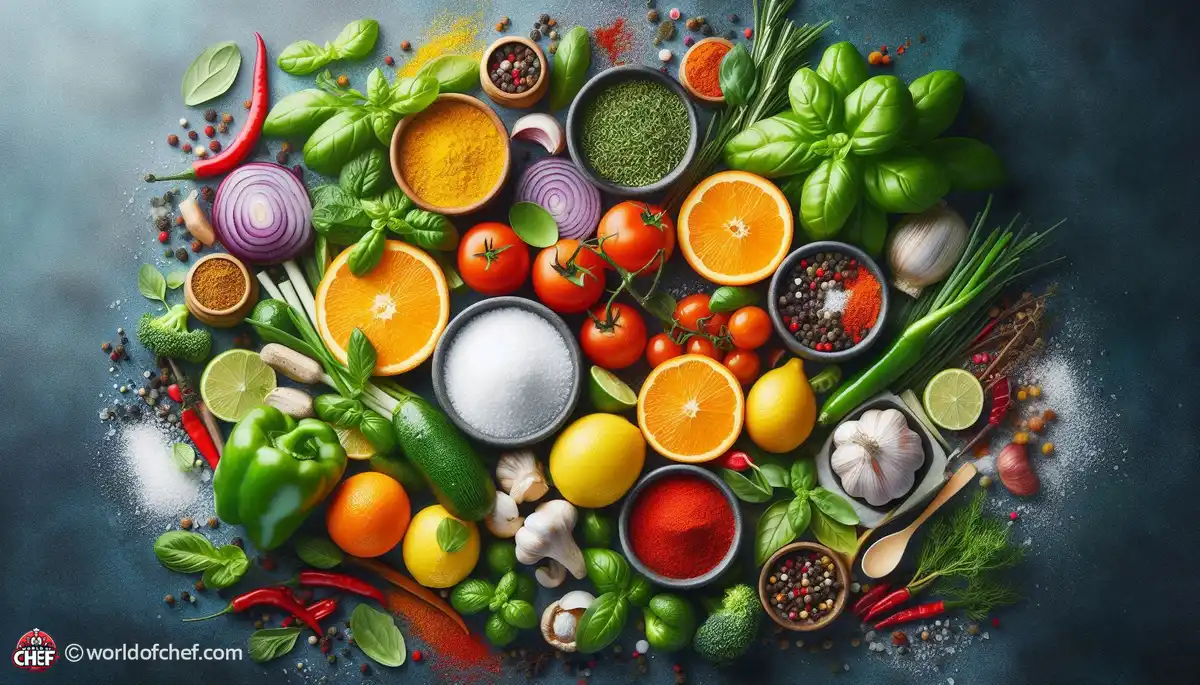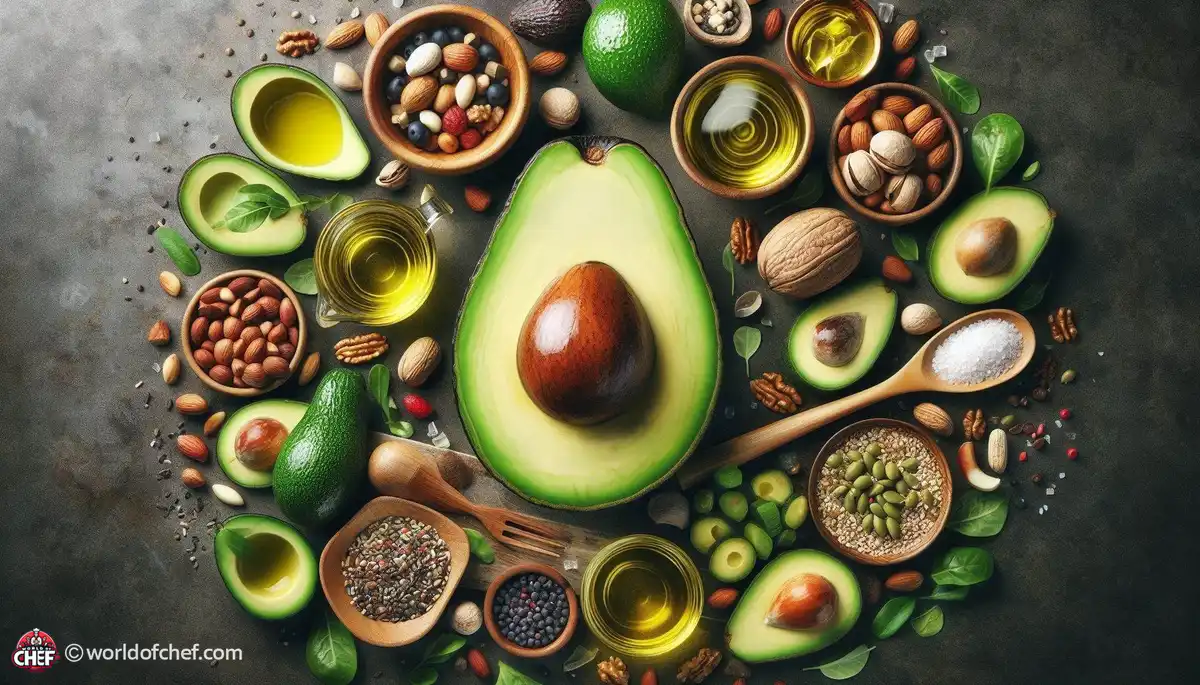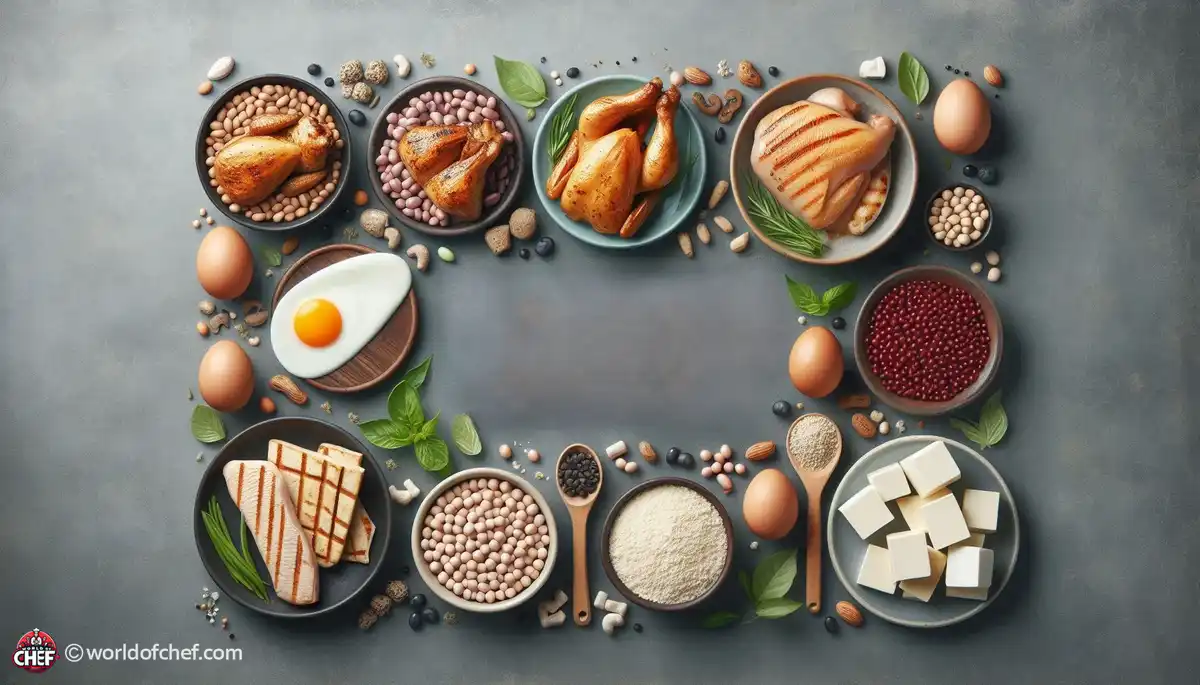
Dinner Delights: High-Fiber Recipes for Every Palate
Clarence Guido - Oct 7, 2024 - 7 min read


Going on a low-sodium diet is not only about the patients who have hypertension or heart conditions but can be considered part of a healthy lifestyle in general. Sodium is abundant in processed foods and ready meals from restaurants and eateries. This substance causes high blood pressure and also cardiovascular problems. With that said, if you consider knowing the risks to health brought about by too much sodium intake, you would be one step closer to a healthier, livelier life.
Sodium is an electrolyte involved in many vital processes within the body such as the conduction of nerves and contraction of the muscles. However, America uses so much sodium to get its work done with no benefit, mainly due to processed food diets across the American population. Using excess sodium leads to water retention and raises blood pressure further along with workload on the heart. Knowing the intention behind sodium in the human body and where it would fail allows you to enter the reduced-sodium lifestyle even better.
To make such a switch is only viable if you can detect even the hidden sources of sodium. Many processed and canned foods contain an alarming content of sodium as a measure to enhance flavor and preservative. Things like the above-mentioned canned soups, deli meats and condiments can have so much sodium hidden in the very same products which do not taste salty at all, but it contains a major amount of sodium.
Reading labels is a requirement in maintaining a low-sodium diet. Manufacturers use different words to refer to sodium as they list the ingredients of a product. You are likely to see something described as sodium chloride, monosodium glutamate, or even sodium bicarbonate. The best way of making good choices at the supermarket is to familiarize yourself with all these different names. Second, keep an eye on serving sizes that will help avoid consuming higher amounts of sodium than originally intended.
One of the most common myths surrounding low-sodium diets is that they are bland, tasteless meals. Herbs and spices are actually some of the most potent flavor enhancers, and using them can transform any dish into a culinary delight. You can use a wide variety of herbs such as basil, thyme, and rosemary, and spices such as cumin, paprika, and turmeric, to add depth and complexity to your cooking without sodium.
Citrus Fruits and vinegar are great friends when it comes to making great, low-sodium-tasting food. Lemons, limes, and oranges add an important bright quality to a dish. The balsamic, apple cider, or rice vinegars add some necessary tartness and richness to your meals. When adding citrus zest, juice, or using vinegar-based dressing, not only does your dish gain flavor but reduces salt needed.
Cooking techniques do not add salt but may enhance flavors. Searing meat and vegetables at extremely high temperatures caramelizes their sugars and creates a lovely crust. Roasting concentrations flavors and brings out their natural sweetness. Grilling the food over an open flame infuses it with smoky nuances, adding complexity but not relying on sodium-laden marinades or sauces.
Slow cooking is a lifesaver for the busy individual in search of delicious, low-sodium meals with a minimal amount of effort. Whether you use a crockpot, Instant Pot, or traditional Dutch oven, slow cooking lets your ingredients meld together to produce bold, savory dishes that simply burst with flavor. From hearty stews to tender roasts, this gentle, lengthy cooking process extracts every ounce of flavor without having to add too much salt.
Keep on hand a good supply of low-sodium broths, sauces, and condiments to add flavor base to your food. Nutritious choices for meals also include whole grains, such as quinoa or brown rice, legumes, and dried herbs-all of which help replace many processed foods full of sodium. These supplies will also get you through preparing healthy and Tasty Meals whenever you please.
Making your own flavor boosters lets you control flavor while managing sodium. Homemade stocks and broths infused with aromatic vegetables and herbs deliver deep, complex flavors without the high sodium found in commercial versions. Similarly, homemade spice mixes and sauces give you total control over ingredients so you can flavor to your liking while controlling sodium.
You do not need to dine-in restaurants anymore as a way to avoid your low-sodium goals going awry. Simply try the grilled, roasted, or steamed versions with fewer added salt particles on the cooking procedure. Ordering your dressing and sauce on the side will be at your discretion on the sodium being added to your food. Of course, be sure to ask your server about the availability of low-sodium dishes and whether you can have something else. Throwing Low-Sodium Parties
Hosting social gatherings does not have to be any less fun or less stressful if you adhere to a low-sodium diet. Organize your menu with the freshest seasonal ingredients. Use loads of flavorful herbs, spices, and citrus flavors to add zest to every dish. Having plenty of low-sodium options available ensures that all guests have something to nibble on without sacrificing their own health goals. Show others that healthy, wholesome foods can be scrumptious, and inspire them to adopt a low-sodium lifestyle too.
Changing over to a low sodium diet is an experience dotted with successes and failures. Progress should always stand prior to perfection as each and every step forward in lower sodium levels brings another inch closer to healthy life living. Success, how minuscule it be praised while failures approached in an unyielding mindset trying again and getting up from wherever you fell. Alongside, you will realize at times that this lifestyle is nothing but a part of yourself.
At times, changing diets can be daunting; you are not alone in such a struggle. You could seek the help of your friends and family or you could use online communities for support. Friends and family can motivate, keep accountable, and give practical ways to success. Make friends with people of like-minded spirits who are committed to your health goals. Collectively, you share recipes, celebrate milestones, and work with each other to face what stands between you and this flavorful low-sodium lifestyle.

Clarence Guido - Oct 7, 2024 - 7 min read

Lydia Timmerman - Oct 6, 2024 - 6 min read

Logan Trowbridge - Oct 6, 2024 - 7 min read

Wayne Tobar - Oct 4, 2024 - 8 min read